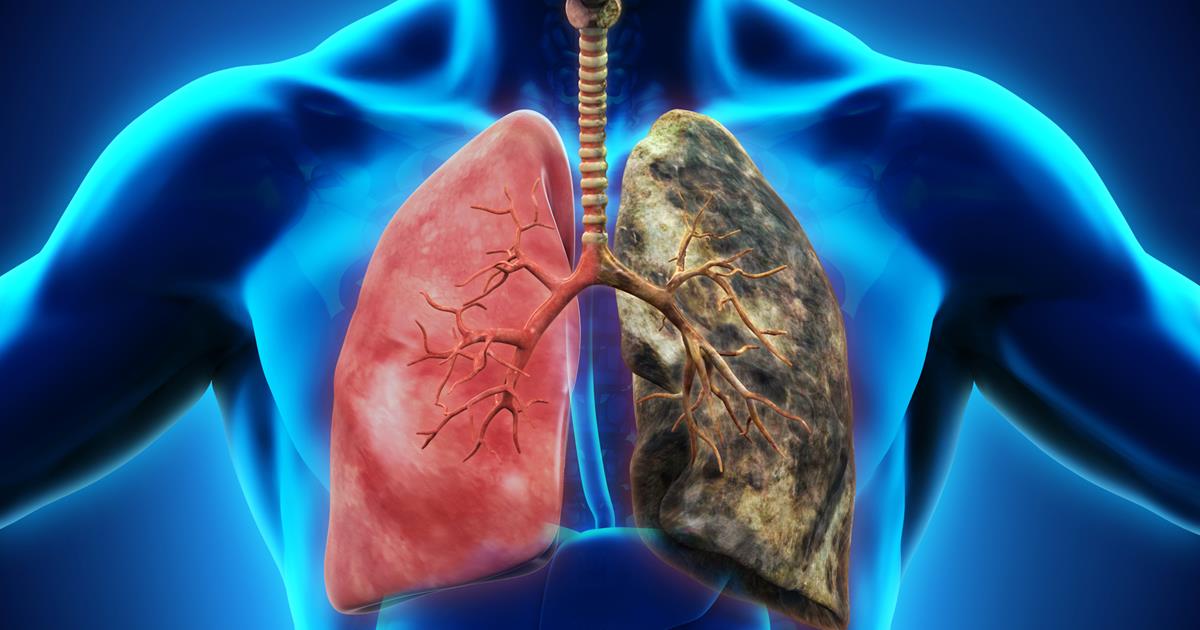Health Dangers And Risks Associated With Turpentine
Increased Risk Of Lung Cancer

One of the most common causes of lung cancer is smoking, which damages the lungs as individuals inhale the toxins in nicotine. However, inhaling turpentine is not much different than smoking. Individuals are still inhaling toxic fumes that now have direct access to their lungs. Each time an individual inhales turpentine, they damage their lungs a little bit more, thus increasing their risk of developing lung cancer. Unfortunately, it is not possible for patients to undo the damage caused by inhaling turpentine, particularly when it is done over time. Thus, it is crucial to practice preventative measures such as wearing a mask when exposure cannot be avoided entirely.
Read more about the health risks linked to turpentine now.
Shortness Of Breath

Inhaling turpentine can lead to shortness of breath, severe coughing, and swelling of the throat. For patients with asthma and other lung issues, turpentine inhalation could result in wheezing. Individuals who notice changes in their breathing after working with or being exposed to turpentine should try to remove themselves from the area immediately. If breathing difficulties worsen or new symptoms appear, patients should seek emergency medical care. Once there, the patient should inform the medical staff they have been exposed to turpentine; if possible, information on the duration of exposure could help doctors in planning treatment. To evaluate shortness of breath, the physician will listen to the patient's lungs to check for abnormal sounds, and the respiratory rate will also be measured. The patient might need to be placed on monitoring equipment, and his or her blood oxygen level will be monitored. To treat shortness of breath caused by turpentine exposure, patients might need to have inhalers or multiple nebulizers. Doctors will regularly assess the patient's breathing at the urgent care or emergency center, and a follow-up appointment might be required.
Keep reading to learn more about the dangers associated with turpentine now.
